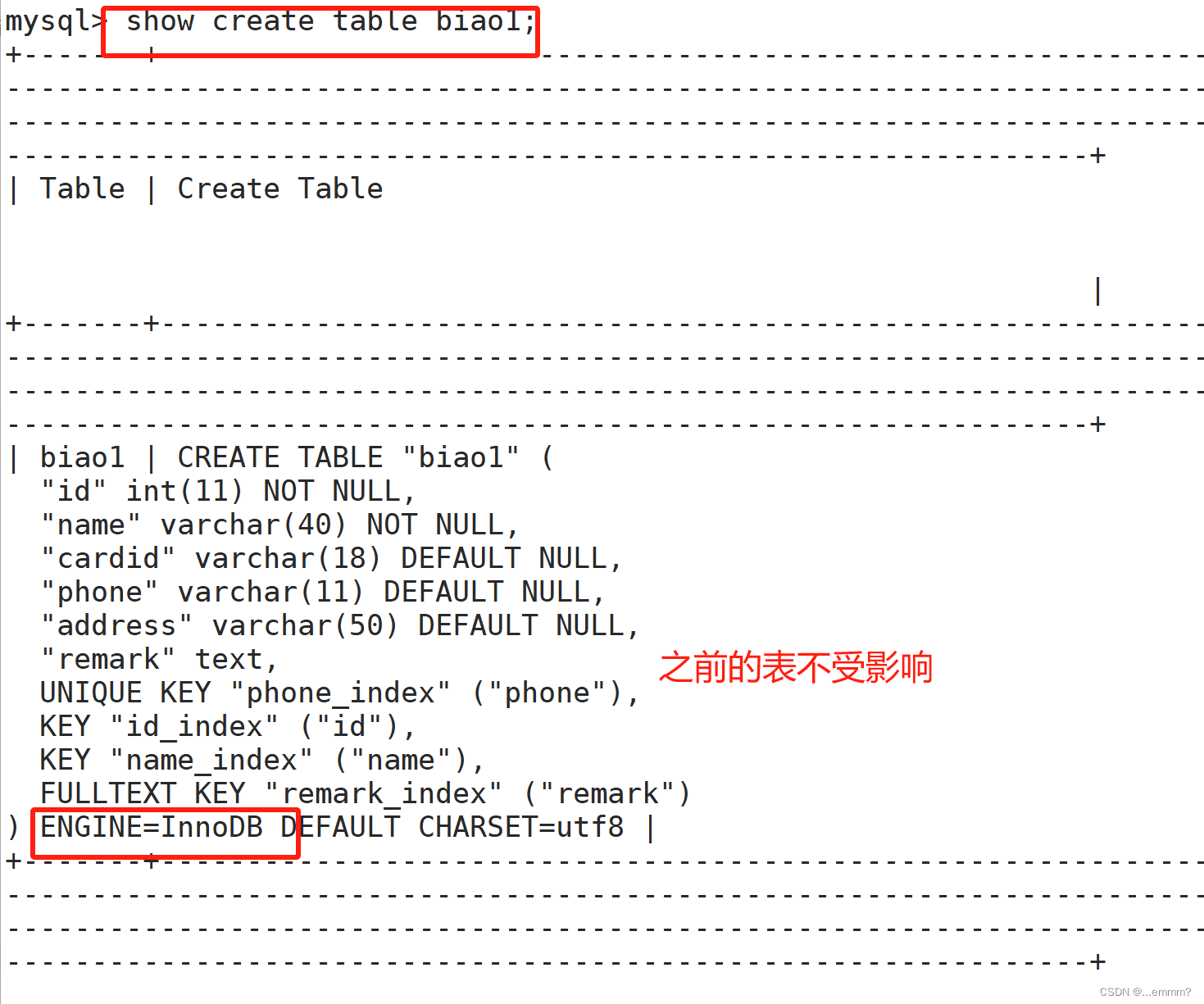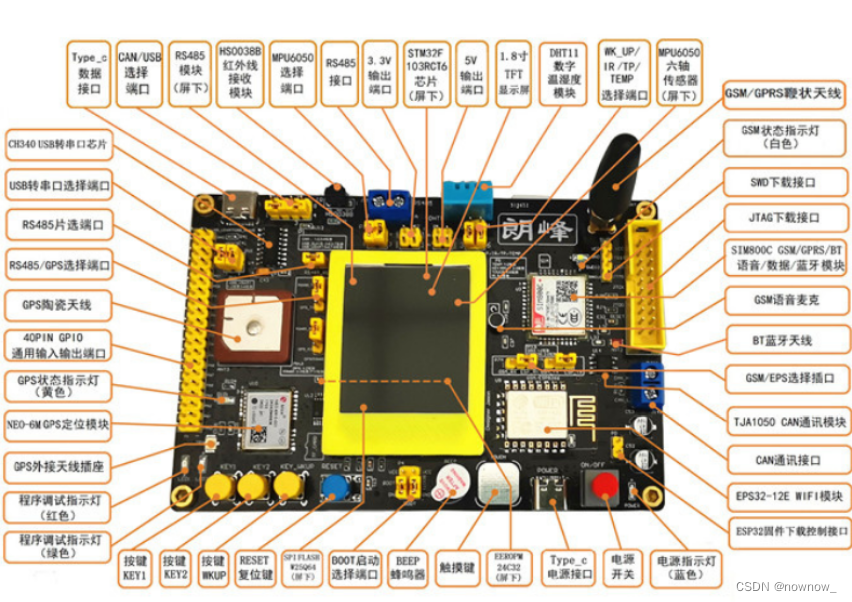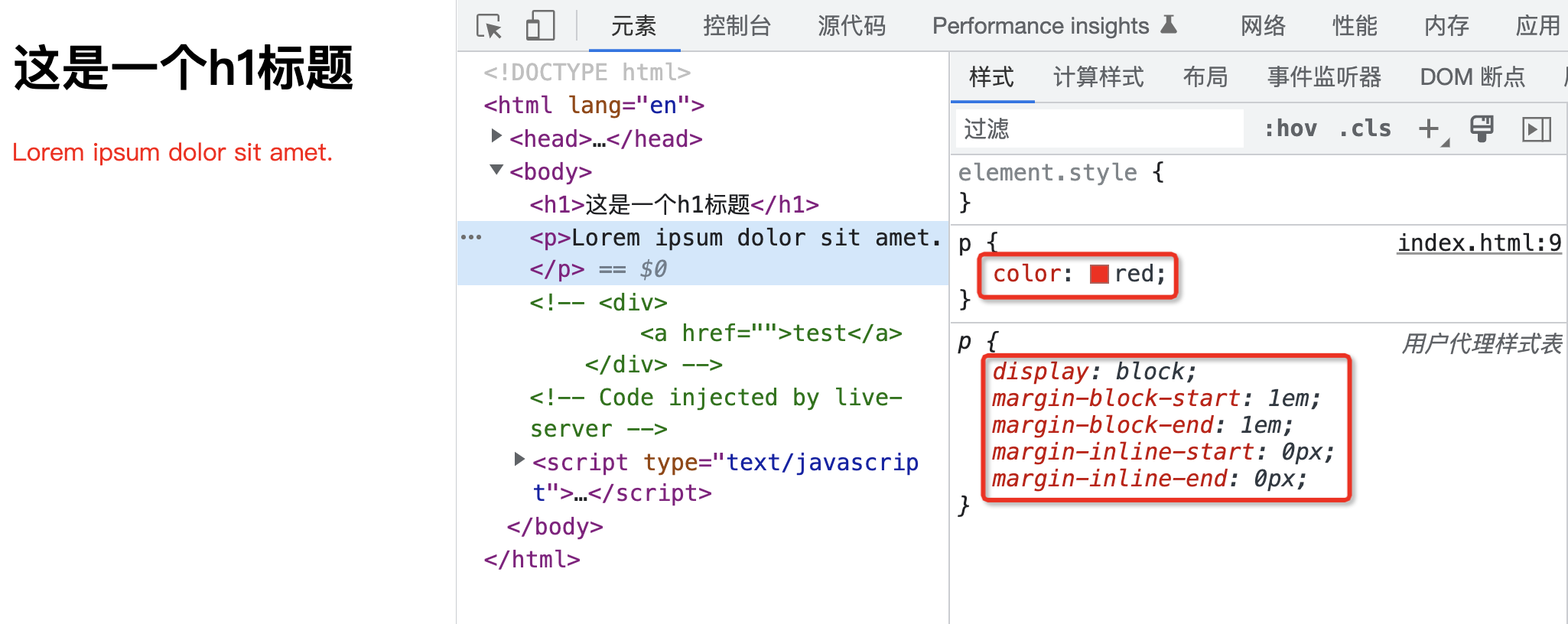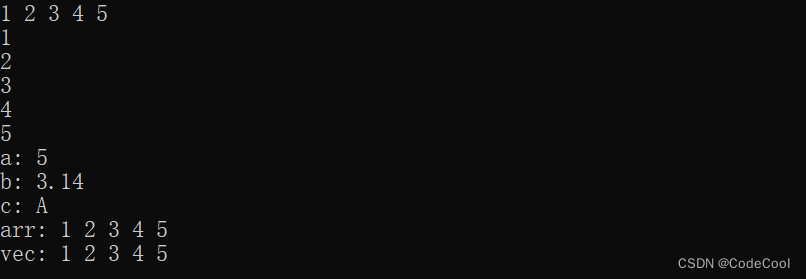大家好我是苏麟 , 今天聊聊创建线程的几种方式 .
创建线程的几种方式
1. 继承Thread类实现多线程
/**
* @className: ThreadTest
* @author: SL 苏麟
**/
public class ThreadTest extends Thread{
public static void main(String[] args) {
ThreadTest threadTest = new ThreadTest();
threadTest.start();
}
@Override
public void run() {
System.out.println("线程运行中");
}
}
2. 实现Runnable接口
/**
* @className: ThreadTest
* @author: SL 苏麟
**/
public class ThreadTest implements Runnable{
public static void main(String[] args) {
ThreadTest threadTest = new ThreadTest();
Thread thread = new Thread(threadTest);
thread.start();
}
@Override
public void run() {
System.out.println("线程运行中");
}
}3. 实现Callable接口(此线程有返回值)
/**
* @className: ThreadTest
* @author: SL 苏麟
**/
public class ThreadTest implements Callable<String> {
public static void main(String[] args) throws Exception{
ThreadTest threadTest = new ThreadTest();
FutureTask<String> futureTask = new FutureTask<>(threadTest);
System.out.println(threadTest.call());
}
@Override
public String call() throws Exception {
return "线程运行中";
}
}4. 线程池实现
/**
* @className: ThreadTest
* @author: SL 苏麟
**/
public class ThreadTest {
public static void main(String[] args) throws Exception {
ThreadPoolExecutor
threadPoolExecutor = new ThreadPoolExecutor(2, 5, 100, TimeUnit.MILLISECONDS, new ArrayBlockingQueue<>(5));
for (int i = 0; i < 10; i++) {
threadPoolExecutor.execute(() -> {
System.out.println("线程运行中");
});
}
}
}public class ThreadTest extends Thread{
public static void main(String[] args) throws Exception {
ThreadPoolExecutor
threadPoolExecutor = new ThreadPoolExecutor(2, 5, 100, TimeUnit.MILLISECONDS, new ArrayBlockingQueue<>(5));
for (int i = 0; i < 10; i++) {
threadPoolExecutor.execute(new ThreadTest());
}
}
@Override
public void run() {
System.out.println("线程运行中");
}
}
7 个参数代表的含义如下:
参数 1:corePoolSize
线程数,线程池中始终存活的线程数。
参数 2:maximumPoolSize
最大线程数,线程池中允许的最大线程数,当线程池的任务队列满了之后可以创建的最大线程数。
参数 3:keepAliveTime
最大线程数可以存活的时间,当线程中没有任务执行时,最大线程就会销毁一部分,最终保持核心线程数量的线程。
参数 4:unit:
单位是和参数 3 存活时间配合使用的,合在一起用于设定线程的存活时间 ,参数 keepAliveTime 的时间单位有以下 7 种可选:
TimeUnit.DAYS:天
TimeUnit.HOURS:小时
TimeUnit.MINUTES:分
TimeUnit.SECONDS:秒
TimeUnit.MILLISECONDS:毫秒
TimeUnit.MICROSECONDS:微妙
TimeUnit.NANOSECONDS:纳秒
参数 5:workQueue
一个阻塞队列,用来存储线程池等待执行的任务,均为线程安全,它包含以下 7 种类型:
ArrayBlockingQueue:一个由数组结构组成的有界阻塞队列。
LinkedBlockingQueue:一个由链表结构组成的有界阻塞队列。
SynchronousQueue:一个不存储元素的阻塞队列,即直接提交给线程不保持它们。
PriorityBlockingQueue:一个支持优先级排序的无界阻塞队列。
DelayQueue:一个使用优先级队列实现的无界阻塞队列,只有在延迟期满时才能从中提取元素。
LinkedTransferQueue:一个由链表结构组成的无界阻塞队列。与SynchronousQueue类似,还含有非阻塞方法。
LinkedBlockingDeque:一个由链表结构组成的双向阻塞队列。
较常用的是 LinkedBlockingQueue 和 Synchronous,线程池的排队策略与 BlockingQueue 有关。
参数 6:threadFactory
线程工厂,主要用来创建线程,默认为正常优先级、非守护线程。
参数 7:handler
拒绝策略,拒绝处理任务时的策略,系统提供了 4 种可选:
AbortPolicy:拒绝并抛出异常。
CallerRunsPolicy:使用当前调用的线程来执行此任务。
DiscardOldestPolicy:抛弃队列头部(最旧)的一个任务,并执行当前任务。
DiscardPolicy:忽略并抛弃当前任务。
5. 匿名内部类实现
public class ThreadTest {
public static void main(String[] args) throws Exception {
new Thread() {
public void run() {
System.out.println("线程运行中");
}
}.start();
}
}public class ThreadTest {
public static void main(String[] args) throws Exception {
new Thread(new Runnable() {
@Override
public void run() {
System.out.println("线程运行中");
}
}).start();
}
}
执行流程
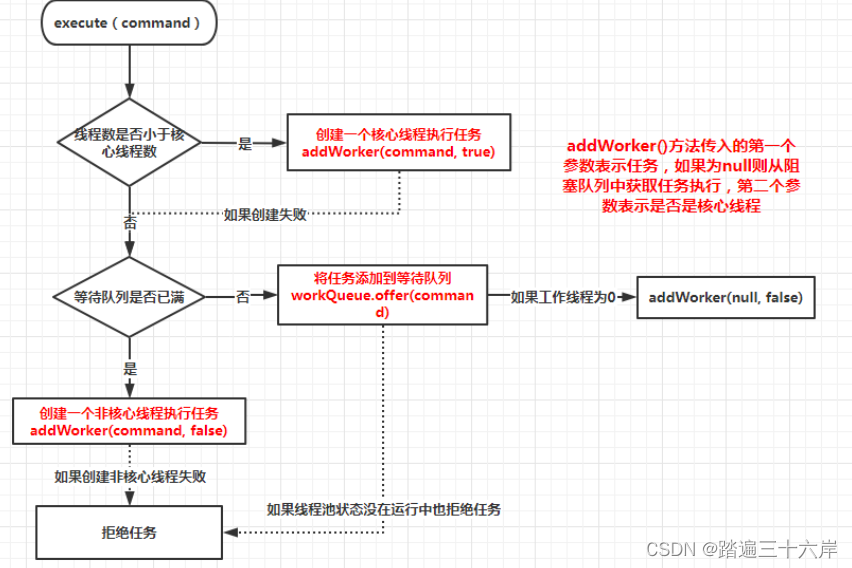
这期就到这里, 下期见!
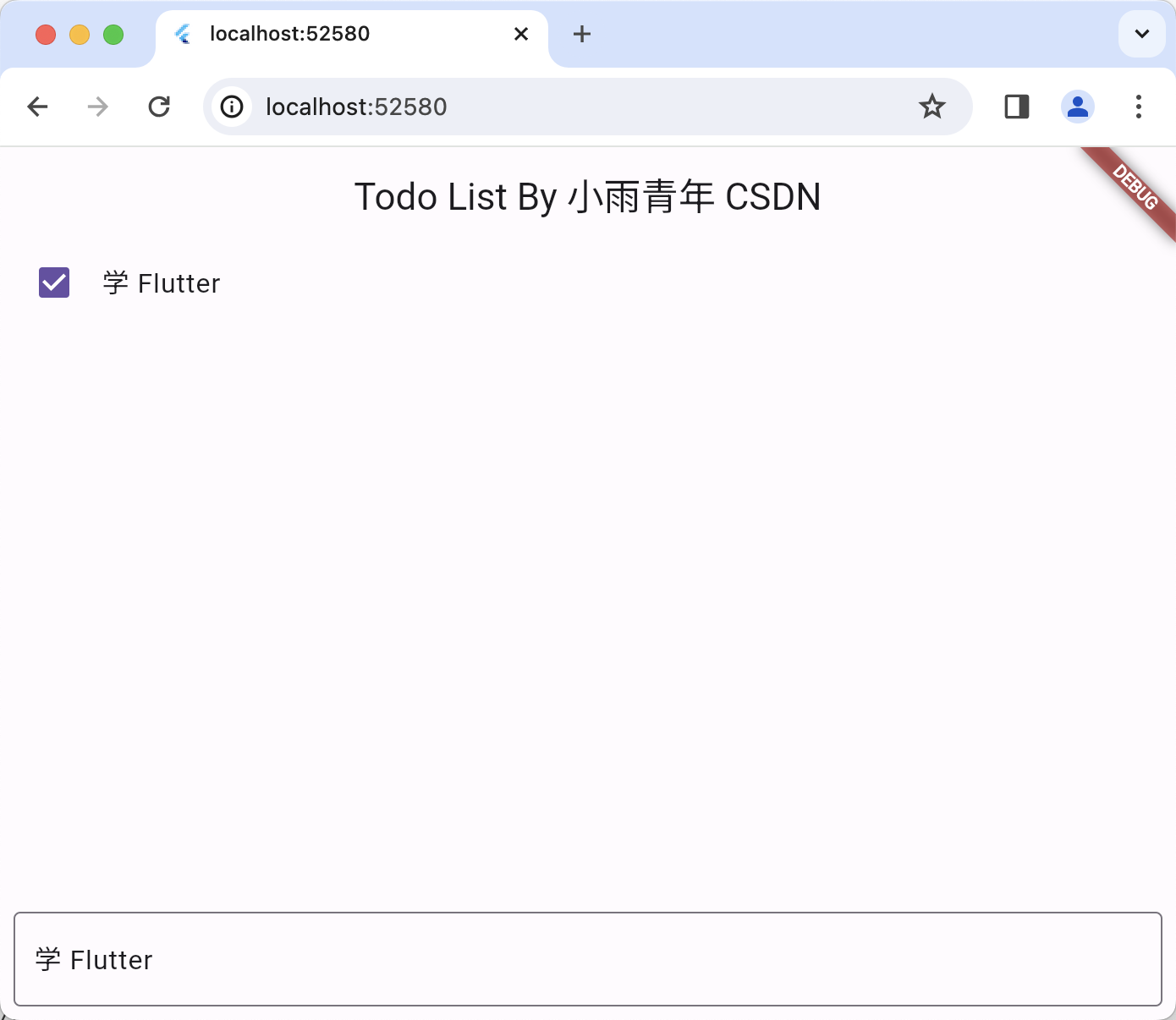
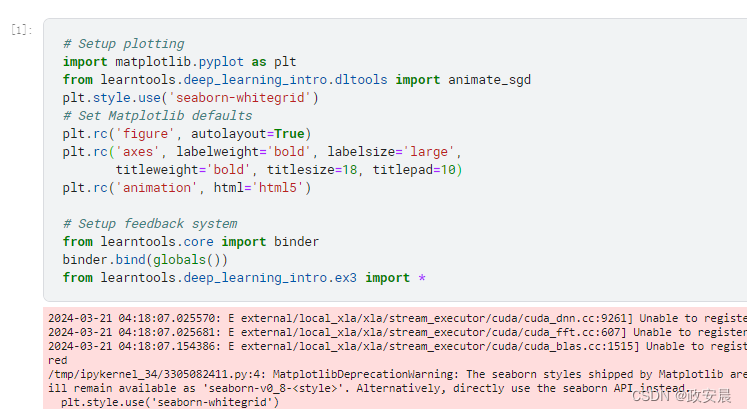
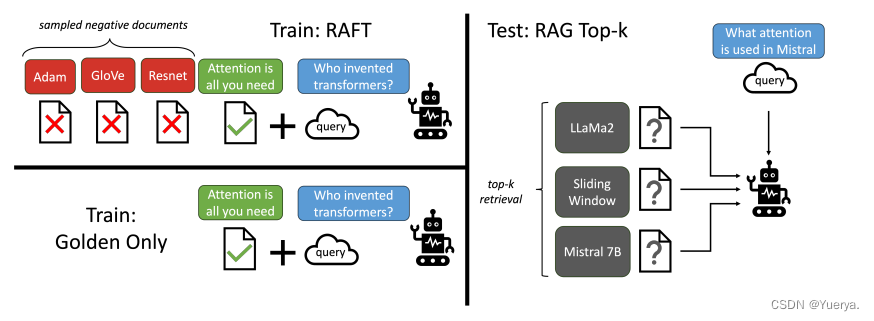


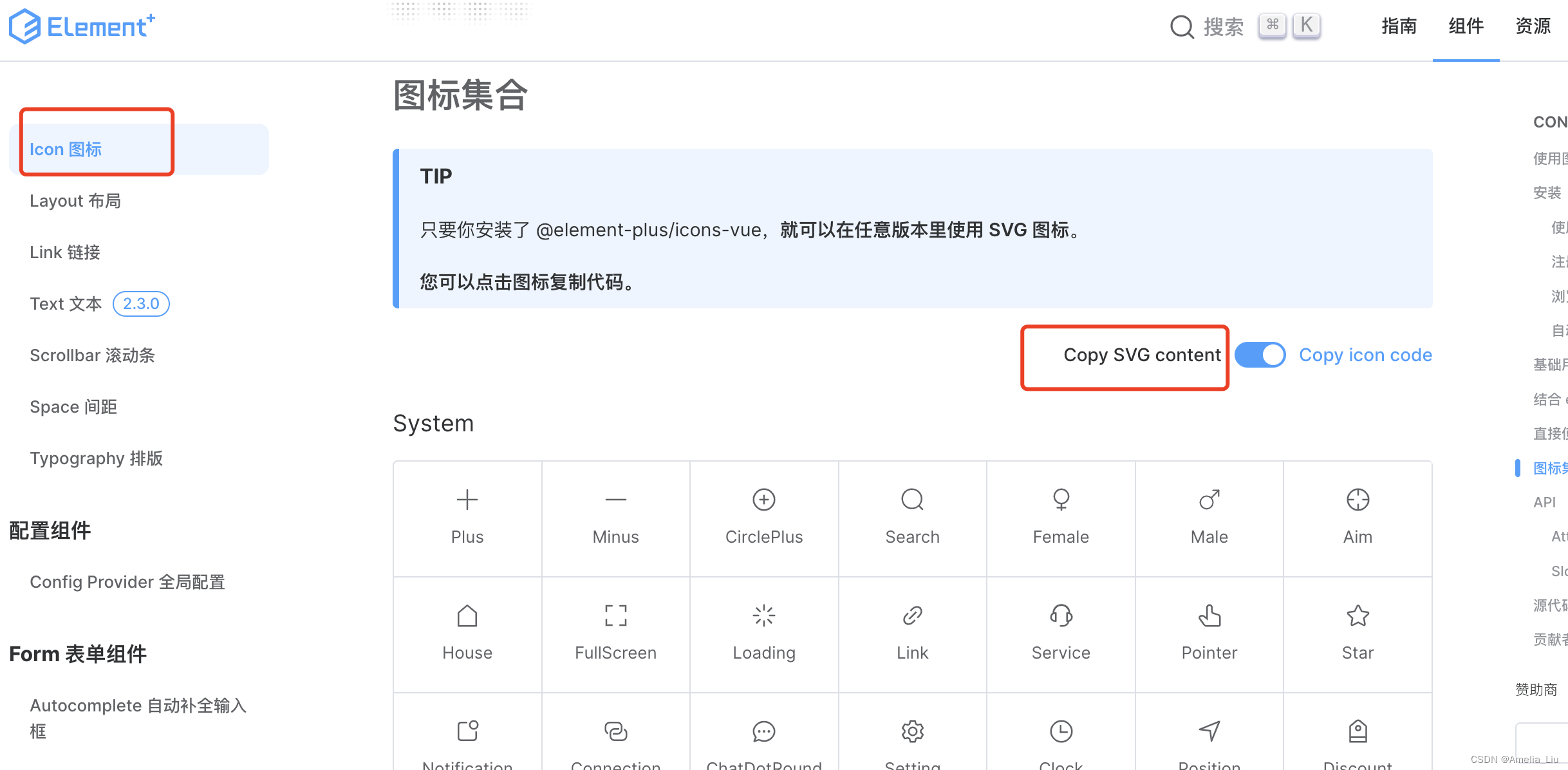
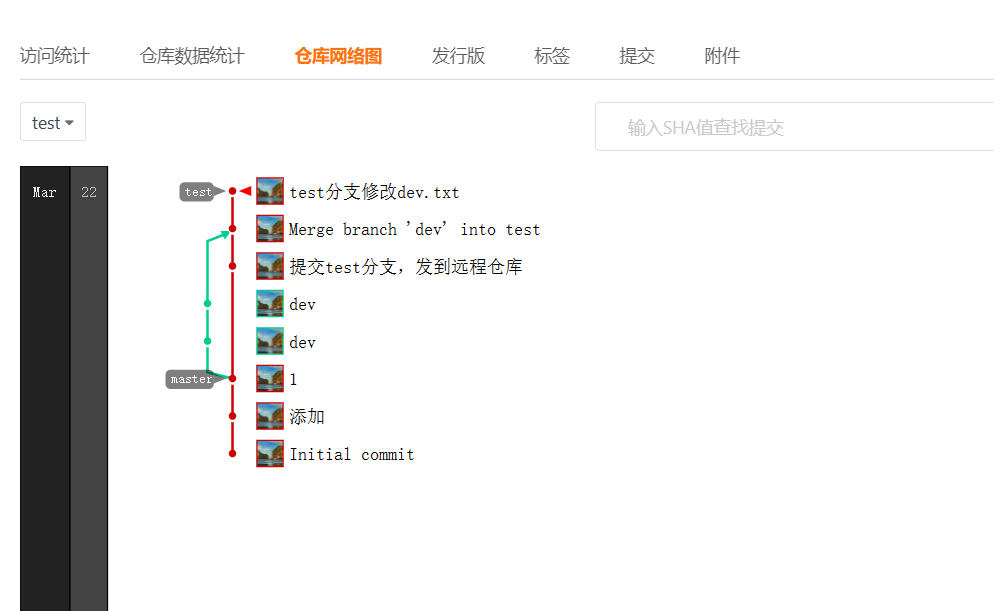
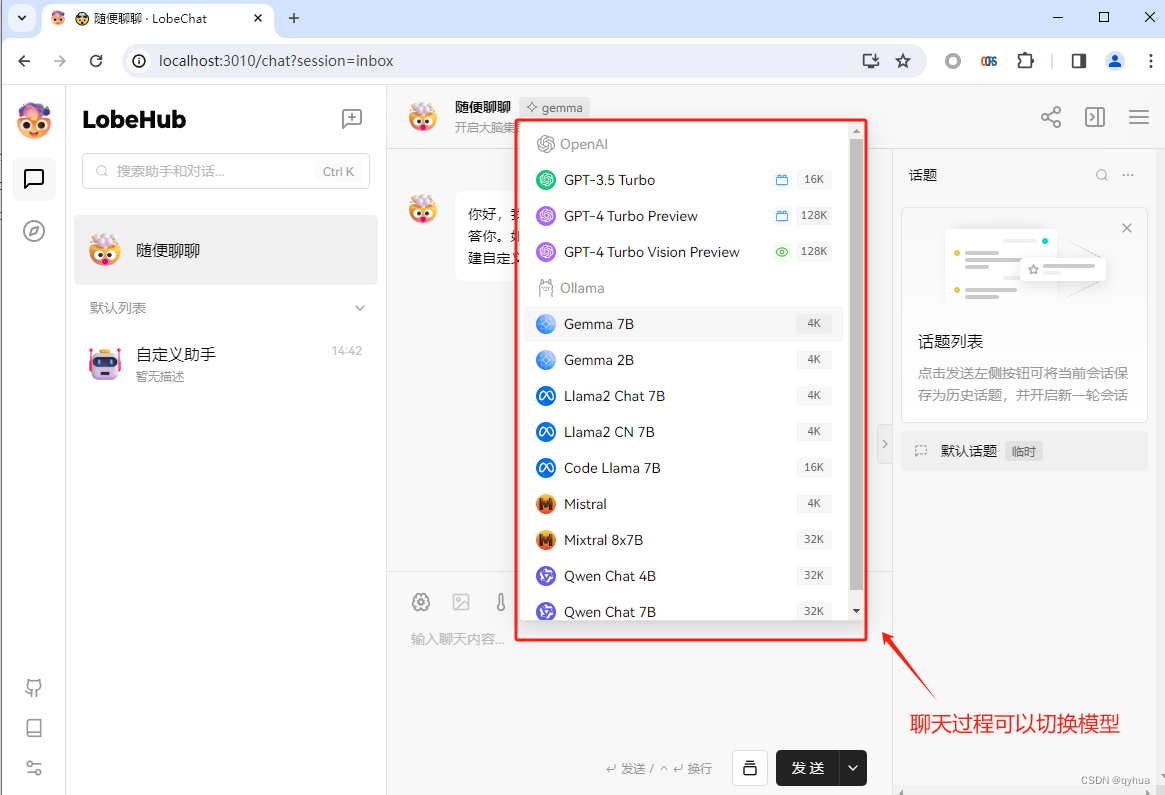
![[Linux]文件缓冲区](https://img-blog.csdnimg.cn/direct/3831b83101e84df780b26a1cde9c0570.png#pic_center)

